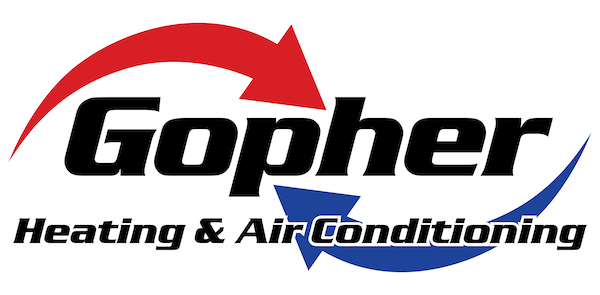Once the weather is cooling off, you might be wondering about how you’ll take full advantage of your heating and cooling. After all, HVAC bills frequently add up to a significant piece of your monthly electric bill. To figure out new ways to lower their HVAC bill, some people look closely at their thermostat. Is there a setting they could use to improve efficiency?
The majority of thermostats include both a ‘Fan’ or ‘Fan On’ setting. But if the fan is on during a typical cycle, what can the fan setting offer for an HVAC system? This guide can help. We’ll walk through what exactly the fan setting is and whether you can use it to save money in the summer or winter.
My Thermostat Has a Fan Setting?
For the bulk of thermostats, the fan setting means that the air handler’s blower fan remains on. Certain furnaces can generate heat at a low level with this setting, but for the most part heating or cooling isn’t being generated. The ‘Auto’ setting, conversely, will turn on the fan over a heating or cooling cycle and switch it off when the cycle is finished.
There are pros and cons to trying the fan setting on your thermostat, and what’s ideal {will|can|should]] depend on your personal comfort requirements.
Advantages to using the Fan/On setting:
- You can keep the temperature in each room more uniform by allowing the fan to keep circulating air.
- Indoor air quality can increase since steady airflow will keep moving airborne contaminants into the air filter.
- Fewer start-stop cycles for the blower fan helps expand its life span. As the air handler is typically a component of the furnace, this means you can avoid needing furnace repair.
Downsides to utilizing the Fan/On setting:
- A continuous fan will likely add to your energy expenses slightly.
- Continuous airflow could clog your air filter in a shorter amount of time, increasing the frequency you should replace it.
{Choosing Between|Should My Thermostat Be on|Which Setting for My Thermostat? Fan or Auto in Summer/Winter
During the summer, warm air will sometimes stick around in unfinished spaces including the attic or an attached garage. If you keep the fan running, your HVAC system might pull this warm air into the rest of your home, forcing the HVAC system to run longer to keep up with the preferred temperature. In severe heat, this can result in needing AC repair more regularly as wear and tear grows.
The reverse can happen over the winter. Cooler spaces such as a basement will hold onto cooler air, which may eventually flow into the rest of your home. Leaving the fan setting on may draw more cold air upward, increasing the amount of heating you need to stay warm.
If you’re still trying to decide if you should try the fan/on setting, keep in mind that every home and family’s comfort needs will vary. Leaving the HVAC system’s fan on might be best for you if:
Someone in your household suffers from allergies. Allergies and other respiratory conditions can be stressful on the family. Leaving the fan on can help to increase indoor air quality, helping your family breathe easier.
Your home deals with hot and cold spots. Lots of homes deal with persistent hot and cold spots that quickly shift to a temperature different from the rest of the house. The fan setting can help lessen these changes by steadily refreshing each room’s ventilation.



